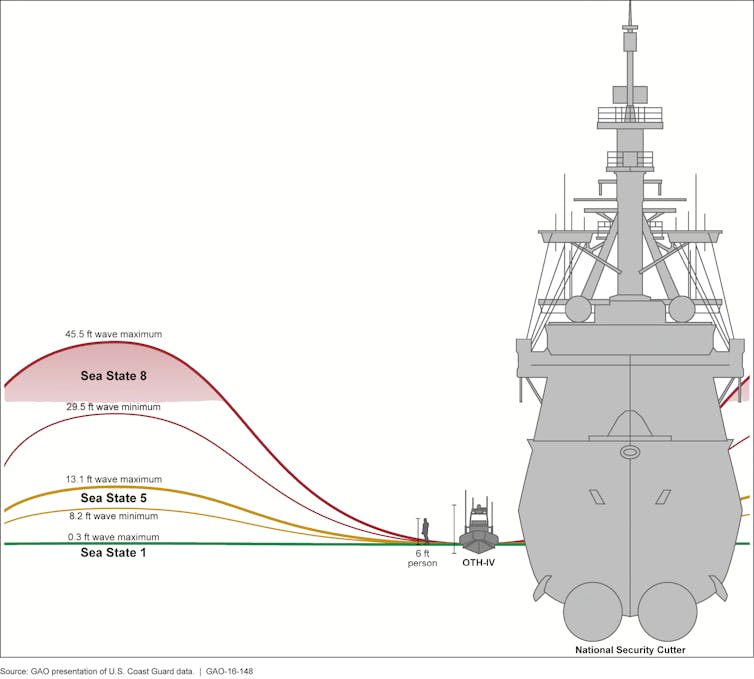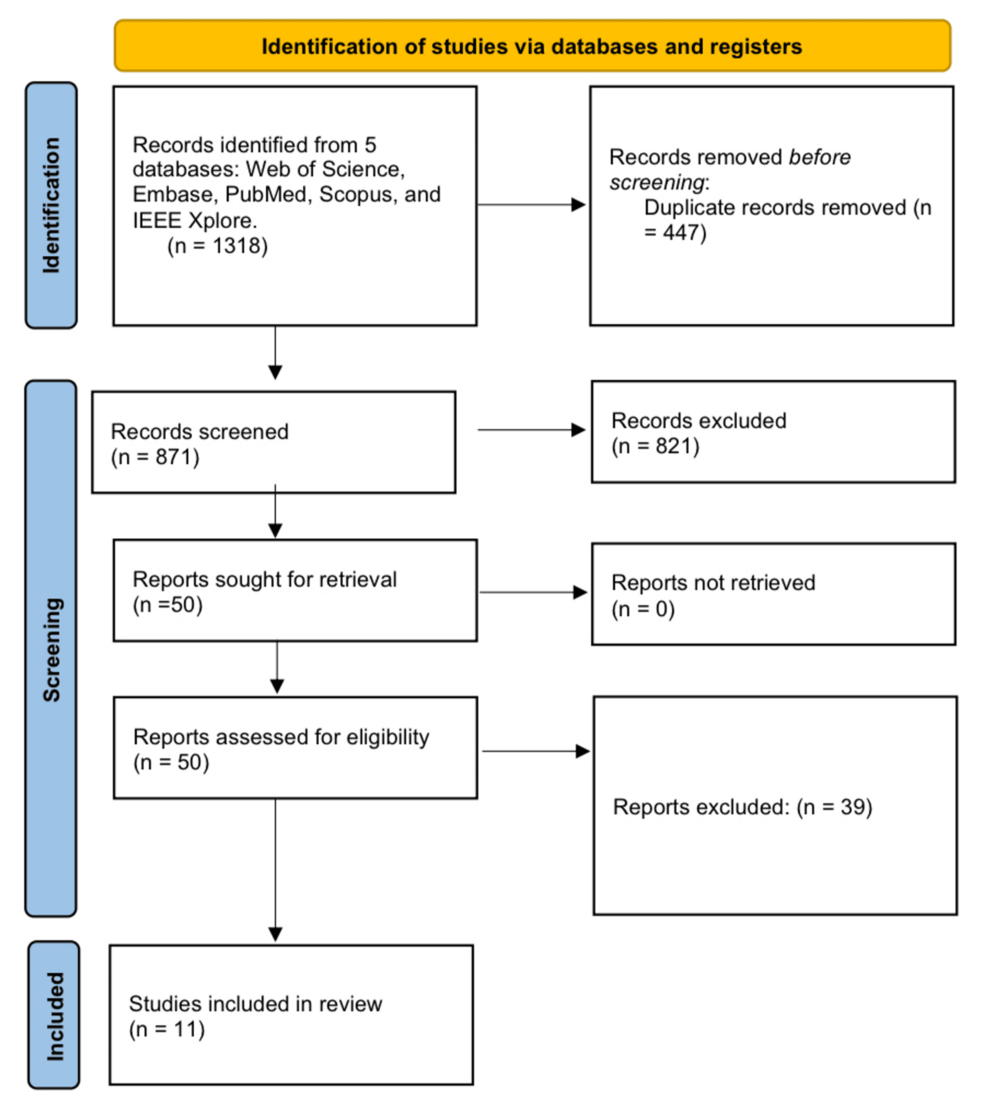JEDDAH (Saudi Arabia) – Korea shook off a sluggish opening and rode a dominant middle stretch to a 99-66 victory over Guam in the Qualification to Quarter-Finals of the FIBA Asia Cup 2025 at the King Abdullah Sports City on Tuesday night.
The two-time champions overcame a 10-point deficit in the first quarter, then took full control with a commanding second quarter that left no doubt about their advancement to the last eight, where they will face China on Thursday.
Moon JeongHyeon led the way with 18 points, 8 rebounds and 5 steals off the bench in a stat-stuffing performance that set the tone for Korea’s relentless play. Ha Yungi added 13 points, 5 rebounds and 2 steals, punctuating his night with emphatic finishes at the rim. Yu Kisang and Lee HyungJung combined for key perimeter shots that broke Guam’s momentum, while the bench provided steady production to close the door.
For Guam, Mark Johnson Jr. tallied 14 points, 7 rebounds and 5 assists, showing fight even as the game slipped away. Takumi Simon contributed early with a barrage of threes, while Ben Borja and Jonathan Galloway worked hard inside, but coach EJ Calvo’s side could not sustain their first-quarter spark.
Guam had Korea reeling early, drilling four triples in the first five minutes to surge ahead 16-6. Simon and Johnson Jr. orchestrated the early attack, while Korea misfired from deep, going 0-of-10 before Lee Woosuk’s buzzer-beater finally got them on the board from distance to end the quarter down just 18-17.
“We didn’t start well, but the players took pride and power in their game,” Korea coach Joon HoAn said. “We were able to win a lot of possessions and win the game easily. However, it is worrisome that our perimeter shots weren’t falling.”
That late shot proved a turning point, as Korea completely flipped the game in the second quarter. Yu Kisang and Lee HyungJung found their rhythm from beyond the arc, Ha powered his way to a series of dunks, and Moon’s work on the boards and in passing lanes fueled a blistering 33-10 run. Guam’s offense stalled under Korea’s pressure, and the halftime scoreline of 50-28 all but ended the suspense.
Korea’s dominance carried into the third quarter as Moon continued to punish Guam with putbacks and steals, Ha scored inside with ease, and Lee HyungJung kept the defense stretched. Guam found only scattered scoring through free throws and the occasional triple, with the gap ballooning to 76-45 by the end of the frame.
Moon JeongHyeon (KOR)
By the fourth quarter, Korea’s bench took over without missing a beat. Yu hit from long range, Yeo Junseok contributed inside after returning from a game off, and Kim Jongkyu added steady post play. Guam’s Borja and Galloway found the mark in transition, but the outcome was never in doubt as Korea closed out the 33-point win.
The result sends Korea into the Quarter-Finals for the first time since 2017, when they finished third, giving them a chance to push for a return to the podium. Guam exit the tournament with heads held high, having reached the Final Phase on their FIBA Asia Cup debut and despite seing action with just 10 players.
Korea will now turn their focus to Thursday’s clash with China, a classic East Asian rivalry with a place in the Semi-Finals on the line.
“China have great height and great players, but we are not afraid. We don’t think it’s a mismatch,” Moon said. “We will be hustling. and we will do our best to overcome them.”
FIBA
















